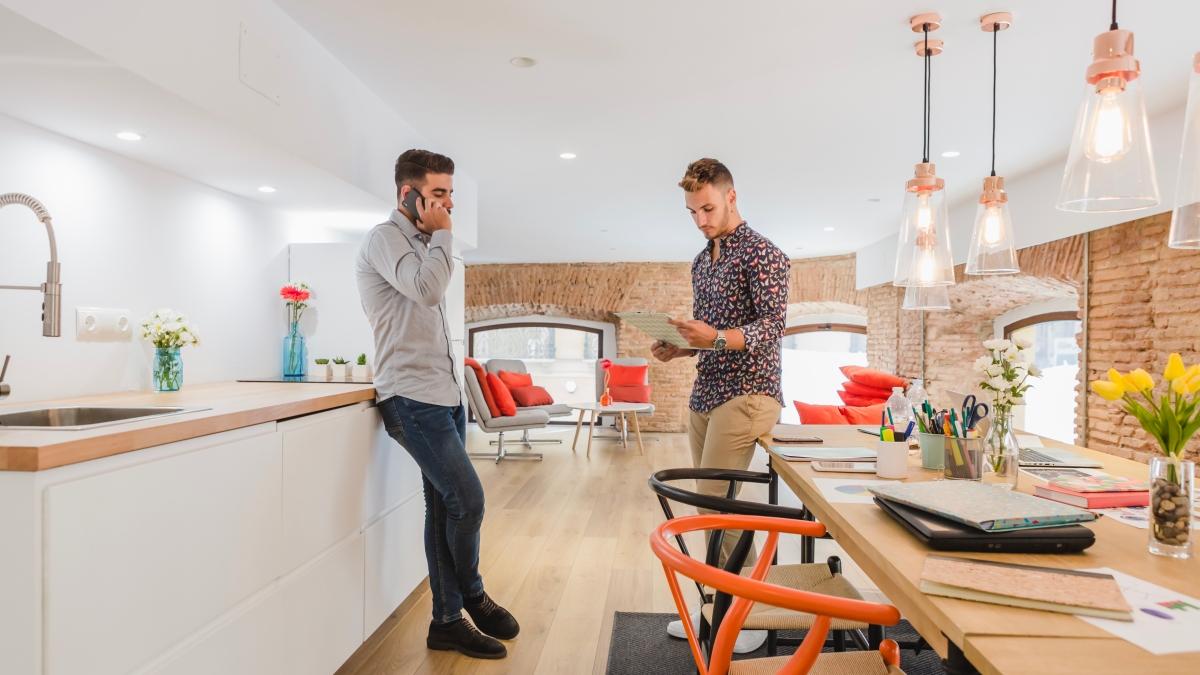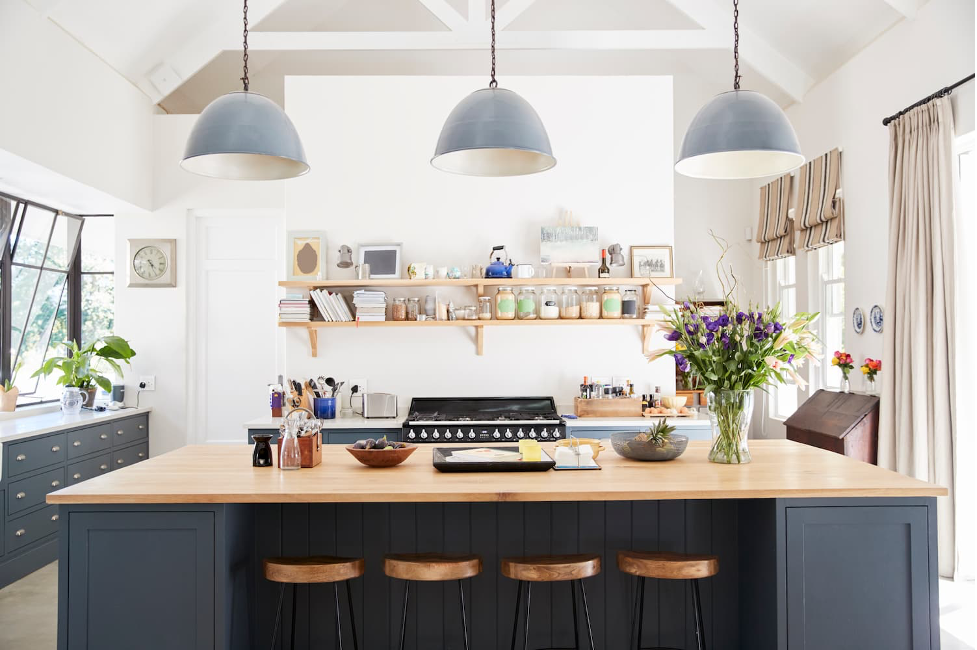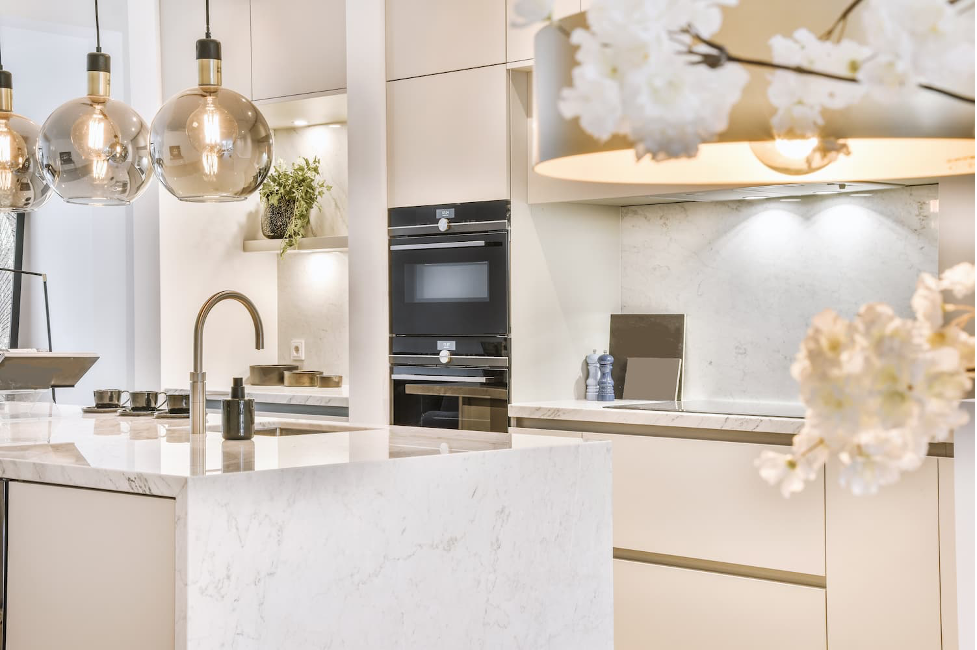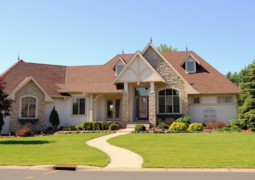The Ultimate Guide to Mastering Kitchen Lighting
by 26/02/2024 14:320

The kitchen, often referred to as the heart of the home, is more than just a space for cooking and dining; it’s a central hub for family gatherings, entertainment, and creative culinary endeavors. The significance of lighting in this multifunctional space cannot be overstated. Proper lighting not only enhances functionality but also sets the mood and ambiance, influencing the overall aesthetic appeal of the kitchen. We will explore the crucial considerations for selecting the ideal lighting for your kitchen, ensuring a blend of practicality and style.
Assessing Your Space
The first step in choosing kitchen lighting is to assess the specific needs of your space. Key areas such as countertops, sinks, and islands require focused illumination for food preparation and cooking. The size of the kitchen and the amount of natural light it receives also play vital roles in determining the extent and type of artificial lighting needed to complement the daylight and illuminate the space effectively during all hours.

Layering Your Lighting
A well-lit kitchen employs a layered approach, combining ambient, task, and accent lighting to achieve a balanced and flexible lighting scheme. Ambient lighting, the base layer, provides general illumination to the space. Task lighting, crucial for safety and functionality, targets work areas to ensure clear visibility. Accent lighting adds depth and dimension, highlighting architectural features or decorative elements, creating visual interest and drawing attention to specific areas.
Choosing the Right Fixtures
Selecting the right fixtures is pivotal in achieving the desired lighting effect. The market offers a diverse range of options, including recessed lighting, pendant lights, under-cabinet lights, and chandeliers. The choice of fixtures should align with the kitchen’s design aesthetic and personal taste, ensuring they not only serve their functional purpose but also contribute to the overall style of the space.
The Advantages of LED Lighting
LED lighting stands out for its energy efficiency and longevity, making it an ideal choice for the kitchen. Available in a spectrum of colors and brightness levels, LEDs offer flexibility in customizing the ambiance of the space. Whether you prefer a warm glow or daylight brightness, LED lights can be tailored to suit your needs and preferences.
Incorporating Lighting into Kitchen Remodeling
When embarking on a kitchen remodeling in San Diego, lighting should be a key consideration from the outset. A remodel offers the perfect opportunity to enhance or completely transform the kitchen’s lighting scheme. It allows for the integration of modern lighting solutions, such as smart lights that can be controlled via mobile devices, or the incorporation of energy-efficient fixtures to reduce utility costs. By considering lighting early in the remodeling process, you can ensure that electrical outlets and wiring are optimally placed to accommodate your new design, avoiding the need for costly adjustments later on.
Color Temperature Considerations
The color temperature of light bulbs significantly affects the atmosphere of the kitchen. A warm white (around 3000K) creates a cozy and welcoming vibe, suitable for dining and socializing, while daylight (around 5000K) offers a brighter, more accurate color representation, ideal for cooking and task execution. Choosing the right color temperature is essential in setting the desired mood and functionality of the kitchen.

The Flexibility of Adjustable Brightness
Dimmers provide the versatility to adjust lighting according to the time of day or specific activities. They enable the transition from bright, focused light for cooking to a softer, more relaxed ambiance for dining or socializing, adding a layer of customization to the kitchen lighting design.
Under-Cabinet and Over-Island Lighting
Under-cabinet lighting is indispensable for illuminating countertops and workspaces, minimizing shadows and enhancing visibility. Over the island, lighting serves both functional and aesthetic purposes, with pendant lights or a series of fixtures providing task lighting while adding a design element to the space.
Safety, Cleaning, and Maintenance
When selecting kitchen lighting, it’s important to consider the ease of cleaning and maintenance, as well as safety, especially in areas prone to water or grease exposure. Opt for fixtures that are simple to clean and designed to withstand the kitchen environment.
Consulting a Professional
While personal research and planning are invaluable, consulting with an interior designer or lighting specialist can offer tailored advice and insights specific to your kitchen’s layout and design. Professional guidance ensures that your lighting choices not only meet your practical needs but also enhance the aesthetic appeal of your kitchen.
Conclusion
In conclusion, the journey to selecting the perfect kitchen lighting involves a thoughtful consideration of space, functionality, style, and safety. By assessing your needs, employing a layered lighting approach, choosing the right fixtures, and considering the benefits of LED and adjustable lighting, you can create a well-lit kitchen that is both beautiful and functional. Remember, the ideal kitchen lighting not only illuminates the space but also elevates it, transforming the kitchen into a welcoming haven for all who enter.



